Recently, Ty Olsen from Zig Sailing Insider sat down with Phil Muller, the newly appointed Youth Performance Manager and Team Leader for the US Team heading to the Youth Worlds in Buzios, Brazil.
Phil shared some insights into his objectives in the new role and the team’s upcoming regatta.
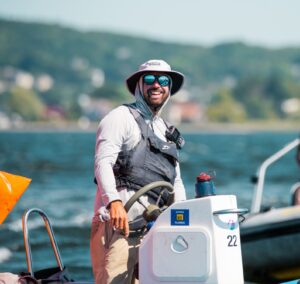
Q&A with Phil Muller

Picture: Buzios, Brazil
New Focus
TCO: Phil congratulations on your new position as the Youth Performance Manager with US Sailing. What does the position entail and what are your immediate goals to help the athletes excel within the sport?
PM: Thank you. I’m glad to get into this role. In a lot of ways, I’m continuing the work I’ve done over the past few years, just now with an official title.
My job is to oversee the Youth World’s team, collaborate with their regional program coaches, and work with programs to grow youth performance classes like ILCA 6, (i)420, Nacra 15, 29er, iQ FOiL (windsurf), and Formula Kite. We’re also keen on the emerging Waszp and WingFoil classes which will continue to gain momentum.
Essentially, I’m charged to oversee the development of all American sailors who are under 19 years old who want to advance in the sport. My goal is to ensure youth sailors receive the direction and support needed to make them successful. It’s a big country and an impossible job for one person, which is why my role is to work alongside coaches, parents, and regional stakeholders.
TCO: What is one of the main challenges to the development of youth performance for U19 sailors?
PM: The developmental classes like the Optimist, high school sailing and club420 are robust with nationwide distribution. We struggle as a country to transition sailors into the youth worlds classes. Clubs and programs invest in low performance boats that fulfill a great need to introduce young sailors to racing.
As youth athletes grow into their teenage years, they are capable both physically and mentally of taking on more demanding challenges. There are a lot of niche performance centers, and if we [US Sailing] support the growth of youth worlds classes, clinics, camps, and events I think we’ll start to see more robust participation in performance classes.

When it comes to coaching, each generation teaches what they know to the next cadre. We’re finally at a point where we have a critical mass of coaches with experience in performance classes, or those who feel overworked and underchallenged in certain ways and looking for something new professionally. I certainly felt like that about 5 years ago. One of my goals is to produce more high performance coaches so that we can expand high performance sailing in the US. I want to help this generation of coaches in their development.
TCO: Is there an appetite for the shift in youth participation toward performance classes? Currently, if you look at numbers, it seems that youth sailors focus less on high performance boats and more on high school and collegiate sailing.
PM: It is ambitious, but let’s face it, the US is behind internationally, and I want to see that change. Nothing motivates me more than failure, and I’ve sat through too many awards ceremonies where our athletes have just missed the podium.
On the other hand, I think everyone should do the most competitive sailing they can do within their region. If it’s on an E-Scow or a Lightning, great. If it’s on a Nacra15, great. We are here to support anyone who wants to dip their toe into a larger more competitive pond.
With regards to what the youth sailing space wants and will participate in, let me say: Anyone who is interested in crossing over to the dark side of apparent wind, asymmetrical, athletic, or foiling boats, please call me.
TCO: When you talk about “age appropriate” challenges and refer to an athlete’s capabilities, is that decision something that is made with a collaboration of coaches, or what guidelines are used to assist with their progress?
PM: I differ to the USOPC’s Long Term Athlete Development Model (LTAD)which outlines recommendations based on athlete age, physical development stage and maturity level. It’s comprehensive, backed by research, and nearly every national youth sports organization uses it as a guideline.
People interested in learning more about what type of structure and practice intensity is appropriate for certain age groups should definitely look up the USOPC’s Long Term Athlete Development Model.
But back to your original question, working with athletes’ coaches is what I’m all about. The last thing I want to do is compromise the coach/athlete bond. I’m here to make existing teams better, not break them apart.
Here We come, Brazil!!
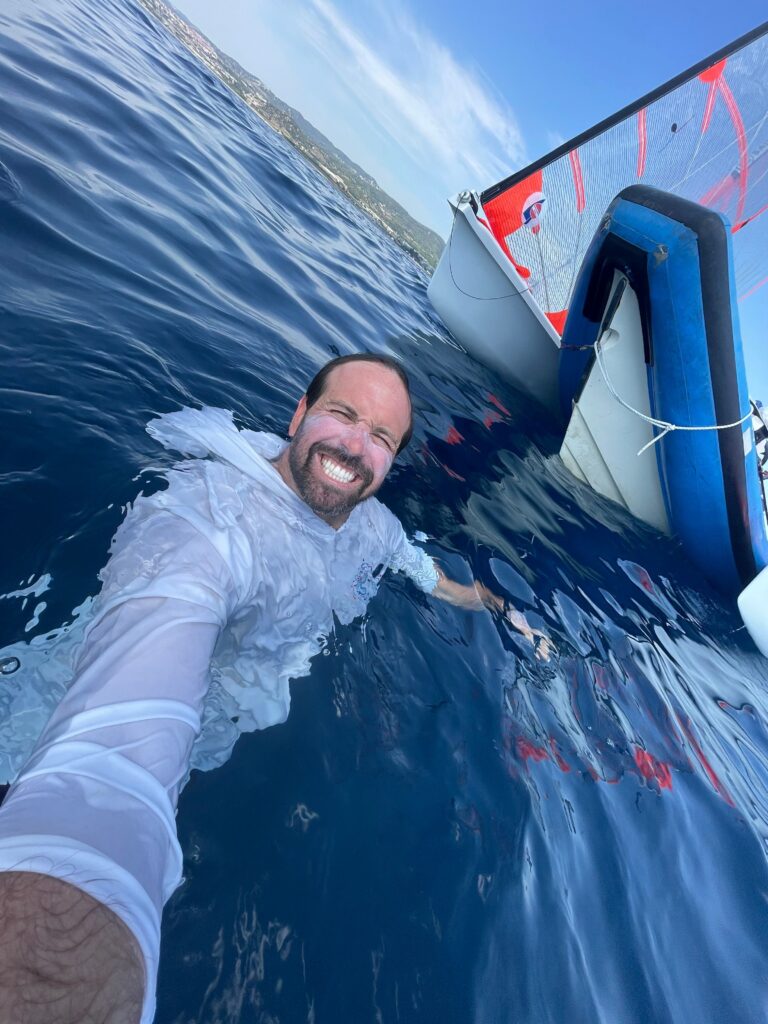
TCO: So, you guys are heading to Brazil in December for the Youth World Championships.
PM: Our regatta in Brazil will be the pinnacle event for U19 sailors this year. It is my favorite regatta. Only one sailor or team per boat class qualifies to represent the USA. 13 athletes qualified last summer in Rhode Island at our U.S. Youth Championship.
As for the Youth Worlds, there are no sail numbers, only nation flags at the top of each sail. It is a special event with all the athletes at the same hotel, eating and socializing together. The boys’ and girls’ teams swap boats and equipment throughout the event. All the coaches share one coach boat, which is more like a viewing deck. The athlete experience is very independent. I’ve witnessed sailors bloom at this particular event.
Our team this year represents the United States very well. They are from Hawaii, California, Floridia, New York and Connecticut. All hot beds of elite youth sailing. I’m really proud of this group already and looking forward to watching our athletes shine under the spotlight of this major event.
TCO: How is the training progress going for Team USA?
PM: The team has been pushing hard at home with their teammates all season. That’s where the good work is done. There is no secret to success. Simply day in and day out grinding with trusted coaches at home. Hard work works.
We also just wrapped up our annual Thanksgiving Racing Camp with 150 sailors training in the swell of the Gulfstream, which was our final annual camp to bring a competitive environment to the team before they go abroad.
The event - how it works...
TCO: What classes are sailed at the regatta? Is the equipment supplied or do the athletes bring their own?
PM: Youth Worlds classes include the mixed Nacra 15; boys and girls ILCA 6, 420, iQ FOiL (windsurfer), Formula Kite and the 29er. Brand new boats and sails are provided to the athletes when they arrive.
TCO: And in the case of equipment failure or breakdowns?
PM: The host and suppliers will address those issues. Typically, when competing abroad, I have a black book of riggers, sailmakers, and marine shops to handle breakdowns that I share with my sailors. The sailing world is great for making new ‘extended family members’ and you’d be amazed how generous people can be to make sure sailors get back out on the water after something breaks.

TCO: Tell me a bit about the housing situation for the athletes.
PM: All the athletes and international teams will be together in the same hotel, walking distance to the Club. We’ll eat meals together as a team and support each other through the ups and downs of the week.
TCO: Do parents typically travel with the team during events of this caliber?
PM: Some parents are traveling with us to Brazil. The Youth Sailing World Championship is a bit more closed to spectators than typical regattas. Parents usually have limited accessibility to the boat park and spectator boats aren’t allowed on the water. It’ll be hard to keep track of racing from shore, but it’s great to have the family support. I had a few meals with my parents when I competed in my youth worlds 100 years ago.
"Sailing embeds you within the elements and the most successful racers spend most of their time in rhythm with shifts, puffs and lulls."
Preparation
TCO: Have you personally been to Buzios before either to visit or sail?
PM: I’ve never been to Brazil. I am super excited to experience the food, the culture, and the competition. It looks like an amazing venue.
TCO: What sort of research is required to be competitive in a regatta venue, especially in a place like Buzios where you have never visited?
PM: That is a great question. It’s my job as a sailor and coach to understand the weather and key factors that will impact each race course. Sailing embeds you within the elements and the most successful racers spend most of their time in rhythm with shifts, puffs and lulls. Research and observation take what could be a battle and shift it into a dance.
Our team does extensive research on the front end to figure out the local geography and the landscape. I study depth charts, wind models, and talk with local sailors to understand the nuances of the venue.
In fact, while walking to meet with you, a sailing friend of mine from Brazil stopped me in the parking lot. He gave me some great tips of what the US team can expect to experience sailing in Buzios. By utilizing our network of local and international coaches, we can gain insight and local knowledge, giving us a bit more information to work with while training.
TCO: Any chance you might share some local knowledge which you’ve learned about Buzios?
PM: A friend of mine lives in Buzios. He said when the winds this time of year typically come from the northeast, then we could see up to 25kts with massive swell. The swell will stick around even while the wind shifts around overnight as the systems pass through. The regatta is spread across three course areas, and each one will have its own unique features.
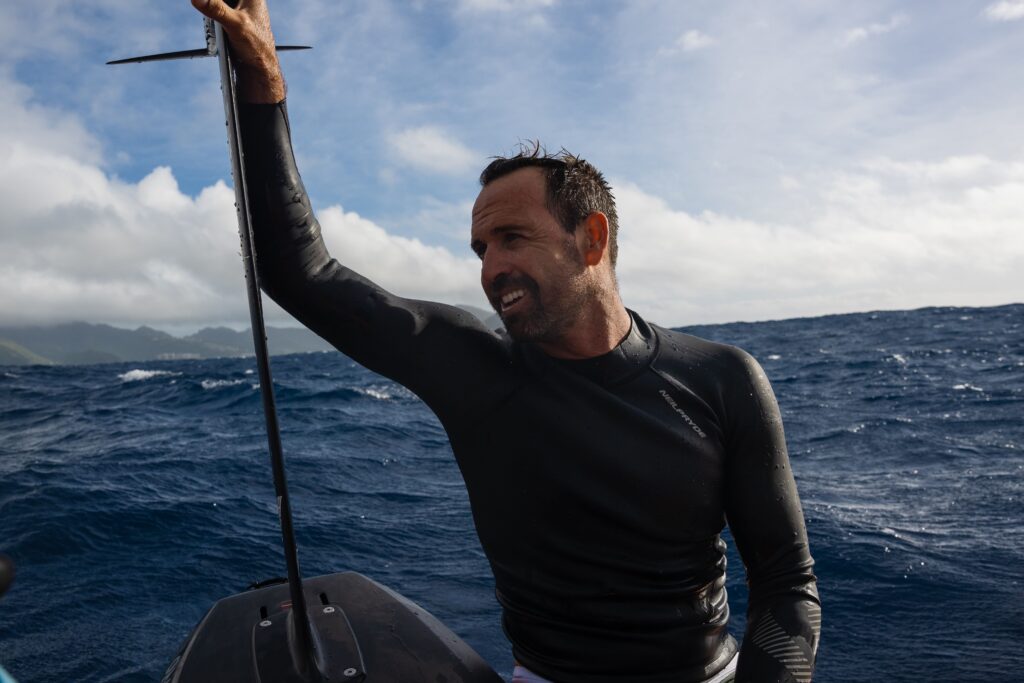
TCO: Do you create a playbook you follow during a regatta?
PM: Absolutely, we come to the regatta with a playbook, but we’re always learning, always iterating. At the end of each day, we compare our predictions with what actually happened. The athletes give their feedback on what happened on the course that day and what they felt on their boats. We adjust and update each day. This sport is all about improving your own learning process, which is why I like it so much. Dave Perry says that our sport “is a decision making contest, competed in sailboats” and so creating strong systems for review is key.
Adaptability
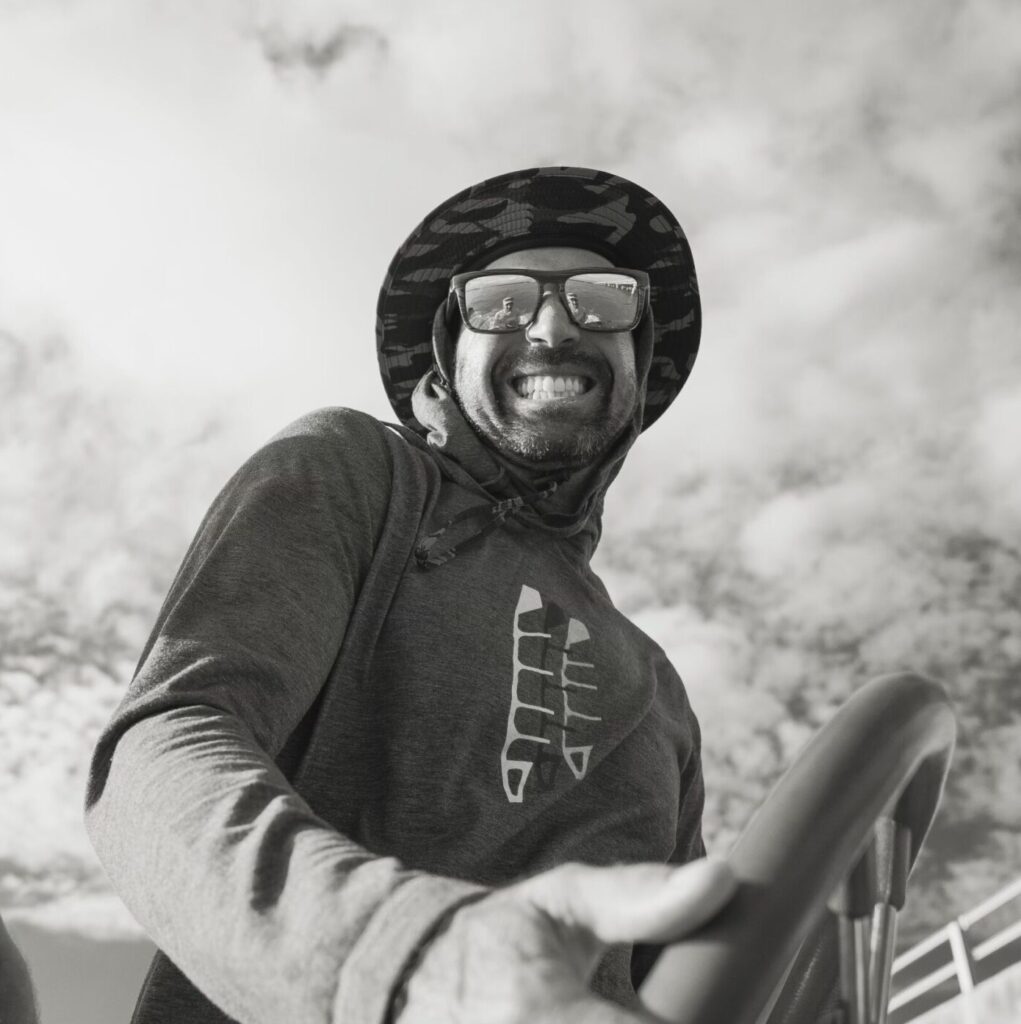
TCO: Let’s turn the focus to some of the activities and potential challenges that take place off the race course. Having traveled extensively with youth athletes in the past, what are some situations that you need to prepare yourself for, as well as what the group should be prepared for?
PM: Well, the sailors attending the Youth Worlds are all resilient athletes and high achievers in sport. They have traveled internationally, and they have been on someone else’s schedule. They have probably seen a lot of the challenges that may come up. For youth athletes, they are very professional.
However, changes in creature comforts certainly can put a strain on any individual. They will be in a different country with a different culture,
different language, and different cuisine. They have less control over their schedule. And anything can happen. We, as coaches, try to focus on the things that can be controlled. We also talk a lot with the athletes about adaptation and resilience.
Routine
TCO: How do you deal with keeping athletes on a daily routine and schedule while traveling? Assuming most of them have their own routines while at home whether it is school, practice, workout, eating, etc. Do you and the coaches put together individual routines, or is there a foundation set up for the team?
PM: There’s no one size fits all approach to managing athletes. So as coaches, we identify goals and expectations for each individual athlete and work with them in their process. We focus on nutrition, hydration, and recovery. We want to make sure that everyone has the best opportunity to perform.
Team Spirit
TCO: With traveling with such a diverse group of athletes, some may have crossed paths at one time, or maybe just casually know of each other, how do you build and sustain camaraderie within the group while traveling and competing?
PM: These athletes have been racing against each other their whole lives. But they’re used to competing against one another, and this is the moment we come together as Team USA. Camaraderie will build throughout the week through the ups and downs of the event. Team dynamics are fun to watch develop because everyone finds their place. This group will share a unique experience together. Our 2023 team is full of amazing talent and I think we’re going to have a great event.
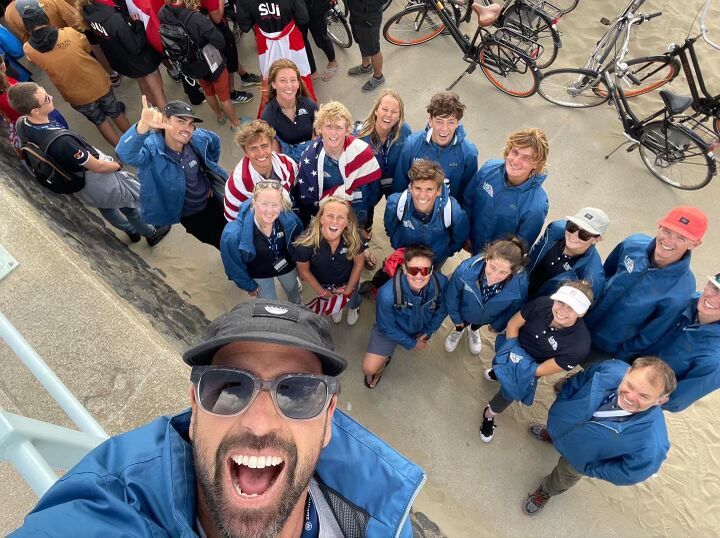
TCO: We wish the best of luck to all of the athletes and coaches representing the USA in December at the Youth Sailing World Championships. Zig Sailing Insider will feature the results and highlights of the Youth World Championships in the January newsletter.
-Ty Christopher Olsen on November 20, 2023
More about Phil… Phil is the Youth Performance Manager at US Sailing, on coaching staff for NYYC’s Youth & Women’s America’s Cup Team and the founder of 2NINER, a 29er program based in Miami. He has worked with US athletes in the Olympic and Youth classes for the past two quads. philmuller@ussailing.org

